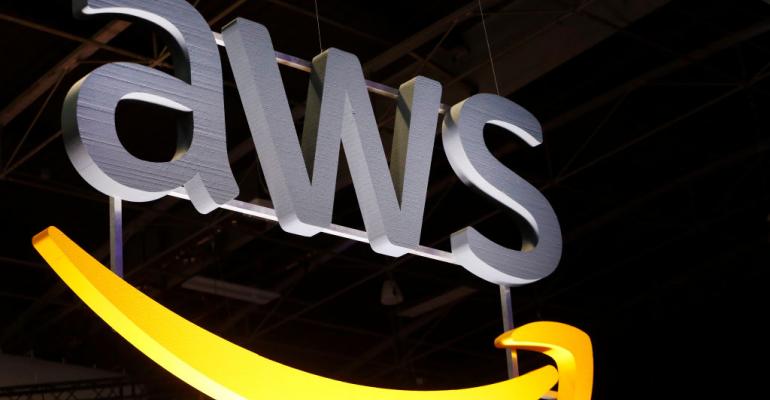AWS and Verizon are quickly expanding the number of locations where the former's computing infrastructure and the latter's 5G wireless network meet to provide edge computing services for next-generation ultra-low-latency mobile applications.
The companies this week announced three new AWS Wavelength Zones -- in Atlanta, New York City, and Washington, DC. This is in addition to zones in Boston and Silicon Valley AWS announced in August, bringing the total to five. AWS said it intends to have 10 Wavelength Zones operational by the end of the year.
Wavelength embeds AWS compute and storage to Verizon's 5G mobile networks at the edge, providing access to cloud infrastructure over fewer network hops than possible when connecting to one of the big traditional AWS cloud availabilty regions. 5G provides high-speed connectivity to a tower or a small cell, but that low latency doesn't mean much, if the traffic has to travel hundreds of miles to get processed and then back. Having compute capacity at the edge is a prerequisite for taking advantage of the speeds 5G enables.
In this case, the AWS edge computing infrastructure is deployed at Verizon's network switching facilities, called "Service Access Point" sites, which are located near its wireless towers. Microsoft is taking a similar approach with one of its recently announced edge computing services, tightly integrating Azure cloud edge nodes with AT&T's network, at the carrier's edge. So is Google Cloud.
"AWS customers and ISVs developing applications for media and entertainment, financial services, AR/VR, and online games can deploy the latency-sensitive parts of their application to these Wavelength Zones and provide an enhanced user experience for Verizon's 5G customers in these cities," AWS said in a statement.
Game publisher Bethesda Softworks, which markets popular titles like Fallout and Doom, was the first to sign on for Wavelength, when the service was first announced in December. With its subsidiary, id Software, it developed Orion, software that's integrated into a game's engine that takes advantage of these direct connects.
"Gamers don't have unlimited bandwidth and they demand an ultra-low latency experience," Bethesda's director of publishing, James Altman, said in a statement. "If you can't provide that, it won't be good enough.
"Now, by combining Orion with AWS Wavelength and Verizon's 5G network, we will be able to deliver on the promise of streaming: a frictionless, ultra-low latency experience that will enable millions of gamers to play AAA quality games at max settings, wherever they want, whenever they want – no downloads or consoles required."
No word yet on how this AWS relationship with Bethesda might be affected by the acquisition of the latter by Microsoft, also announced this week. Microsoft Azure is AWS's biggest rival in the cloud computing market. Also this week Amazon entered the game streaming market, announcing a cloud gaming service called Luna, which will be competing toe-to-toe with Microsoft's nascent cloud gaming service, now in beta.
Verizon has rolled out a list of its customers that have been testing Wavelength to determine how to harness it to their own ends. This includes Zixi's Software-Defined Video Platform, which is testing how 4K live broadcast feeds can be delivered over 5G; CrowdVision, with plans to detect pedestrian movements using video or LiDAR and artificial intelligence for live data about everything from crowd congestion to traffic flows, queues, and wait times in airports and arenas; and the virtual reality startup VBVR, which is testing ways to stream live 8K Ultra HD video to sports fans and concert goers.
"Leveraging the powerful combination of Verizon 5G and AWS Wavelength will enable us to put the 'fan in control,'” YBVR's co-founder and CTO, Sebastian Amengual, said in a statement. "With 5G and MEC [mobile edge computing], fans should be able to enjoy 8K live streams on mobile and XR devices in real-time and have their own, personalized watching experience which was not feasible before."
"Watching businesses build transformational applications on the world's first 5G mobile edge computing platform with AWS Wavelength shows how our 5G Ultra Wideband network matters to customers today and is already impacting how businesses operate and consumers live, work and play," said Tami Erwin, CEO of Verizon Business. "When it comes to innovating on 5G and MEC, we're only scratching the surface."




